Preservationists Raise Alarm on Proposed Landmarks Rule Changes
Another big fight is brewing over landmarking and development in New York City.

Renovation in Brooklyn Heights
Another big fight is brewing over landmarking and development in New York City.
The Landmarks Preservation Commission in January proposed to codify, consolidate, alter and add to their existing rules — changes it argues will streamline the application process.
But preservationists say the rule changes will decrease transparency in the landmarking process and allow alterations that were previously prohibited, such as replacing historic windows. They say the motives behind the proposed changes appear to be to pave the way for development at the expense of historic preservation. The move comes amid what preservationists say has been a decline in the quality of recent decisions made by the LPC.
Alarming to LPC watchers is a plan to deal with an increased number of alterations on a staff level, eliminating the public review process. These include “work-types that are consistently approved,” according to the proposal, such as the reconstruction of primary facades that are taken down due to structural issues, some rooftop and rear yard additions, sidewalks and fire escapes.
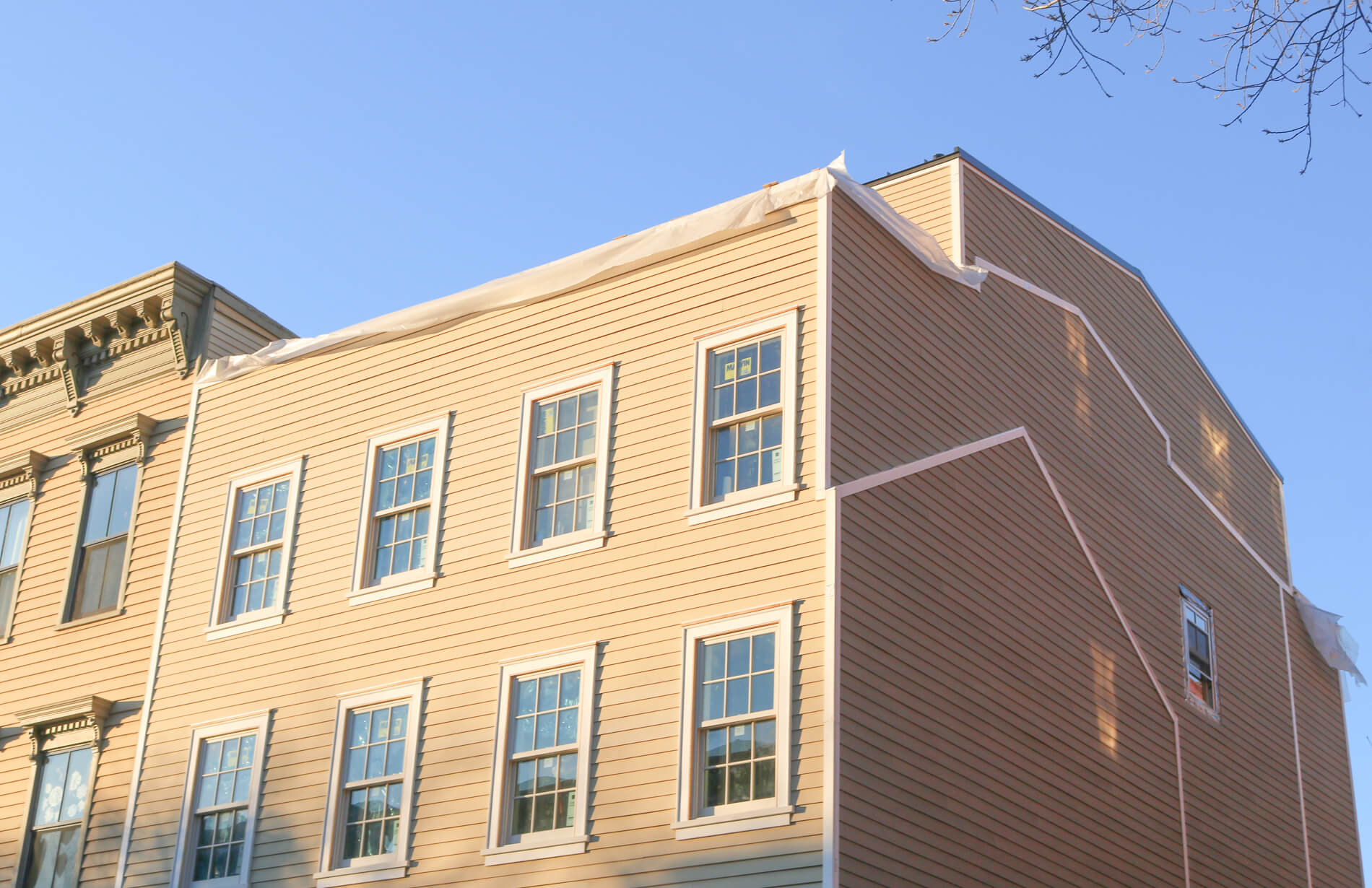
While many of the alterations that are being moved to the staff level may seem inconsequential, some feel the change in process will have profound effects.
“Taking more actions out of the public process and moving them to behind the scenes staff decision-making further restricts the public’s ability to have input, an essential aspect of the Landmarks Law,” said Anthony C. Wood, the author of “Preserving New York: Winning the Right to Protect a City’s Landmarks.”
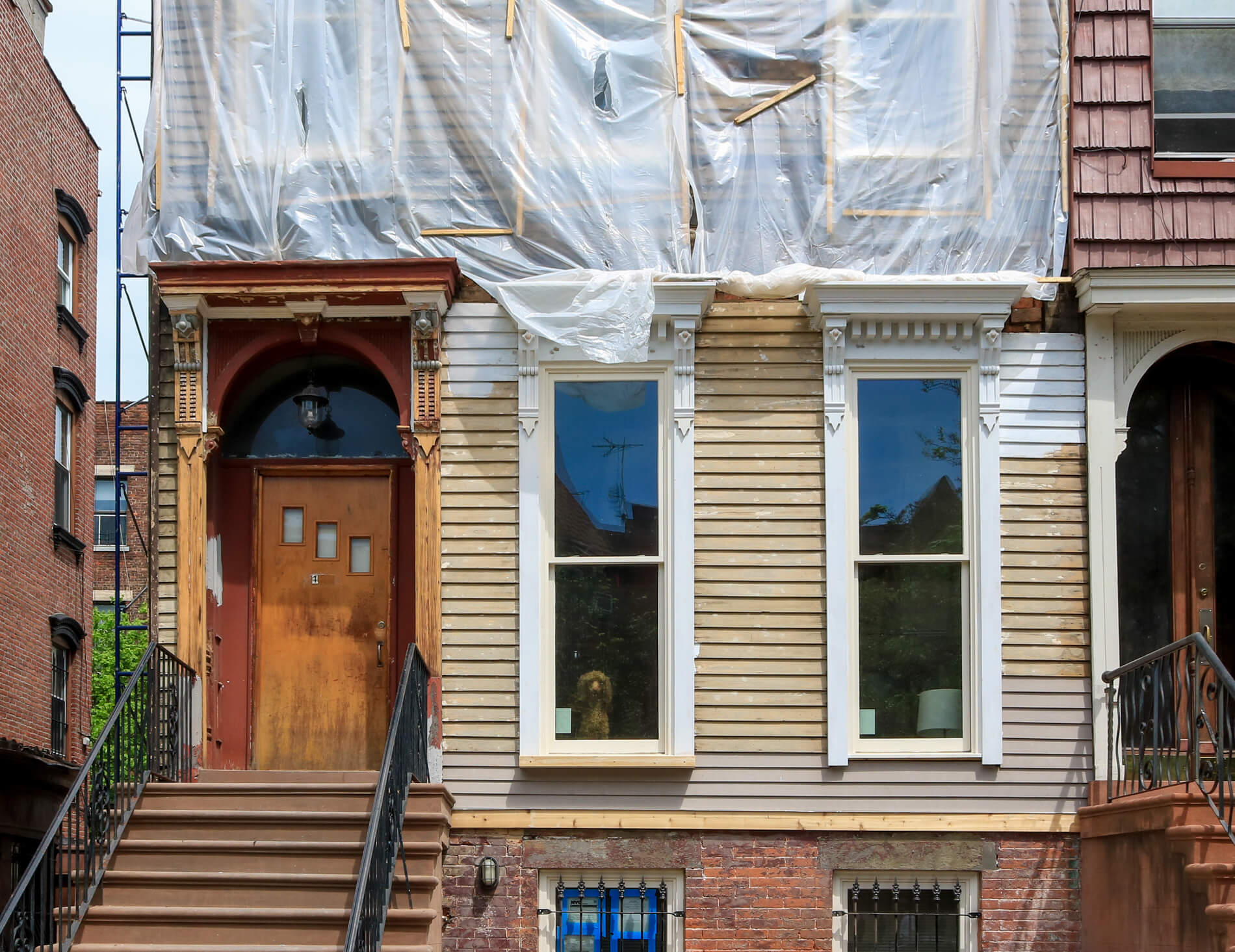
Another proposal, a radical departure for the landmark agency, is to allow replacement of historic windows in landmark districts. Original windows would be preserved only for individual landmarks or “special windows,” such as stained glass. Owners would be able to use any material for the windows and do it on their own without any consultation with or oversight from the LPC.
Staff would be able to approve the removal of steps and lowering of doors to make historic buildings more accessible.
“With respect to making an at-grade entrance, LPC Staff could approve removing up to three steps and lowering the entrance. If the steps are cast iron with lights” — picture a cast-iron commercial building in Soho — “one tread would have to be reinstalled flush at the entryway,” the proposal says.
Staff would approve replacing wood siding with fiber cement (HardiePlank). To date, use of fiber cement siding in landmark areas has been extremely limited.
There will be a public hearing on the amendments on March 27.
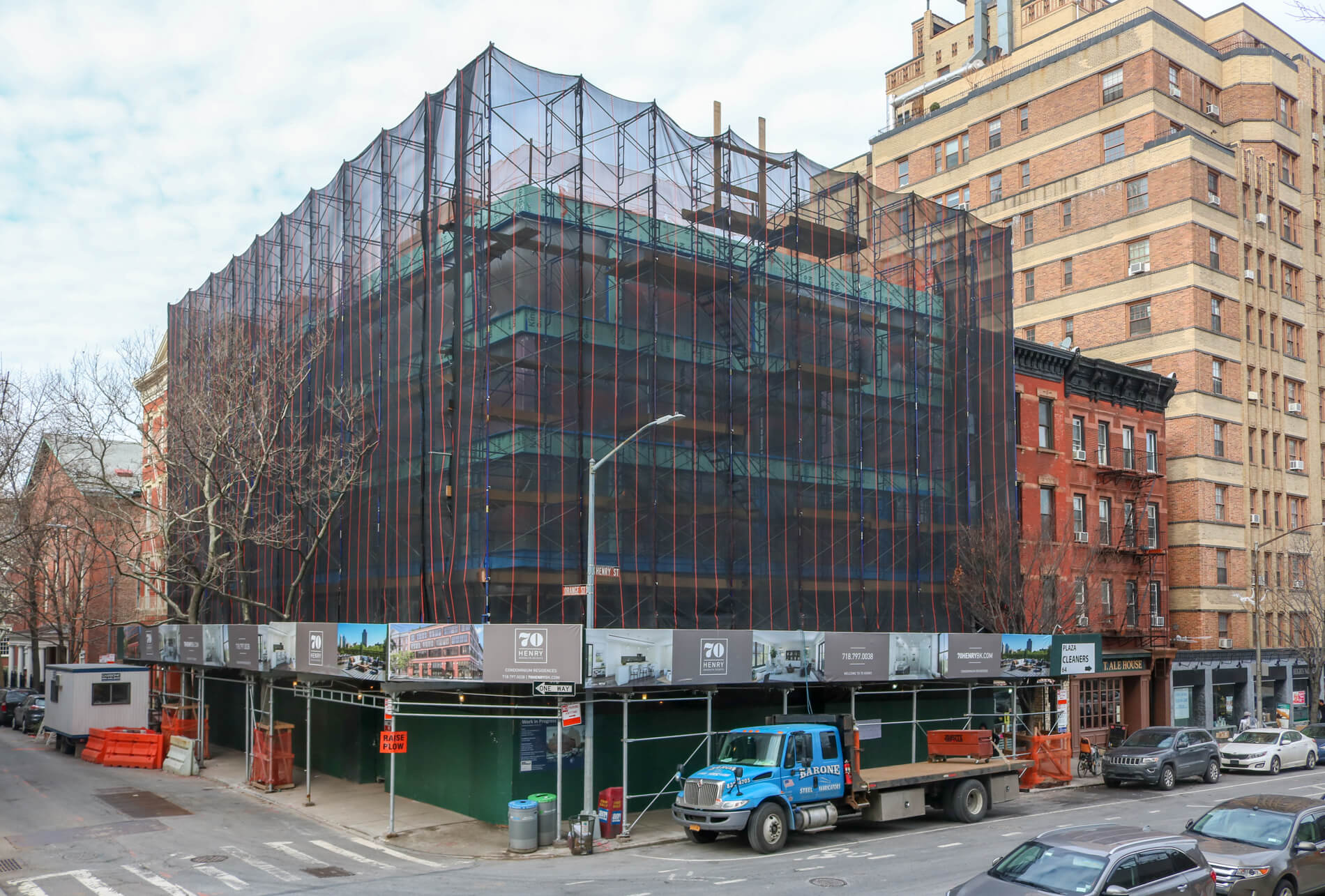
LPC watchers speculated on the motives behind the changes and their possible effects. They could lighten the load on volunteer commissioners by having fewer items go through the public review process, which in turn could further obscure view of a decision-making process that is often criticized.
The commission says the purpose of the rule changes is to “streamline the process for approving everyday work on designated properties, and make the regulatory process more efficient and transparent for applicants, neighbors and the public.” In many cases, the proposed rules codify practices the agency has already been following under the direction of LPC Chair Meenakshi Srinivasan, who was appointed head of the LPC by Mayor de Blasio in 2014.
“The rules are entirely biased toward expediting permits for changes sought by investors and property owners, and keeping the changes out of the public view until it is too late, with rather vestigial concern for the fate of landmarked buildings,” said Christabel Gough, a principal of the Society for the Architecture of the City, a historic preservation advocacy group that monitors LPC proceedings.
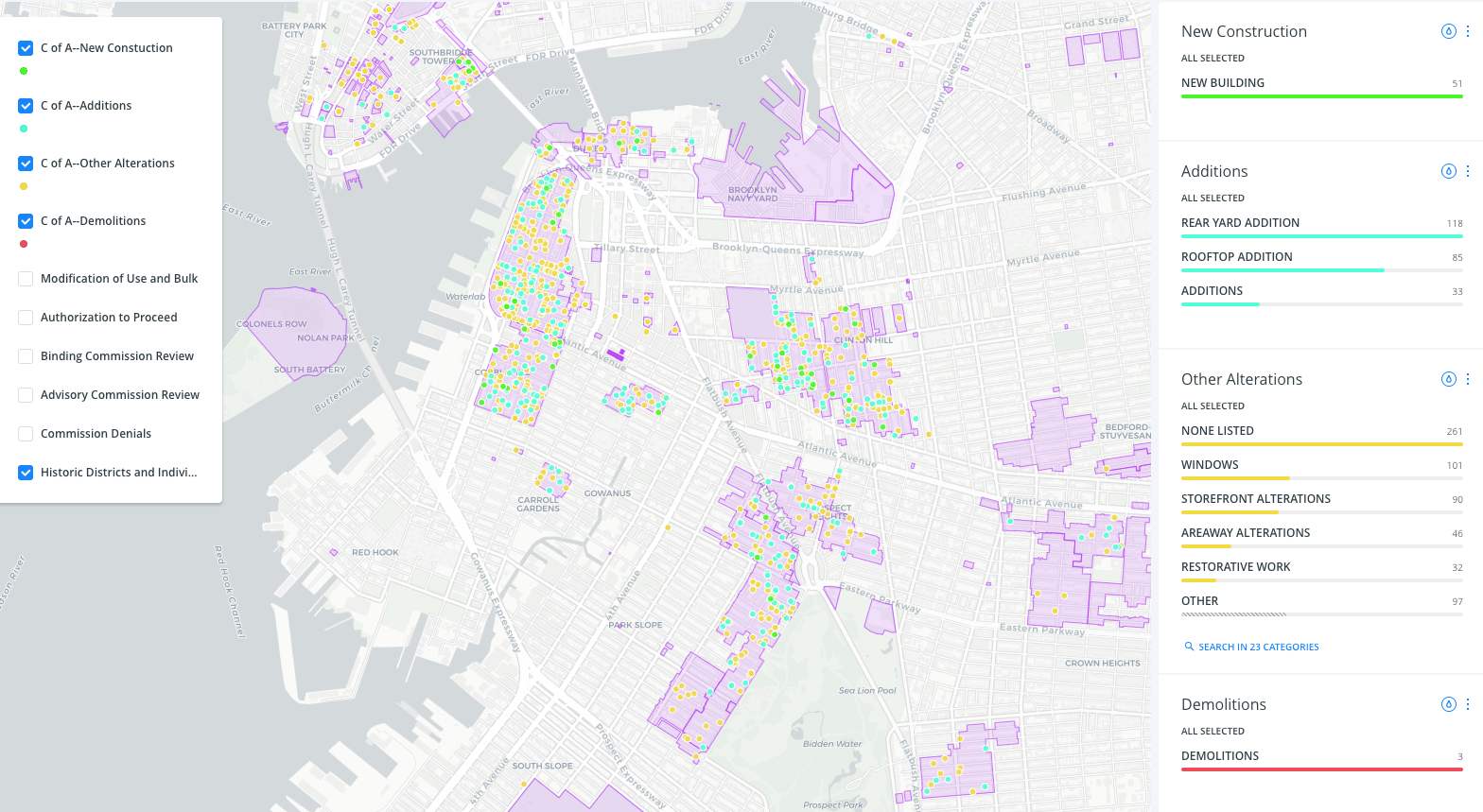
The proposal has support from trade association Real Estate Board of New York (REBNY), according to a recent story in Crain’s. The Society for the Architecture of the City, along with the Historic Districts Council and others, are currently working on detailed responses to the proposed rule amendments.
“Our initial reaction to the proposed changes was a question of what kind of analysis the commission had done in selecting some of the areas they focused on,” said Tara Kelly, the Vice President of Policy and Programs at the Municipal Art Society.
To gain insight into the LPC’s approval process, the group has mapped past LPC decisions using information from NYC Open Data portal. The map shows the geographic distribution and frequency of, for example, additions, as well as all the changes and the types of changes the agency has denied or approved.
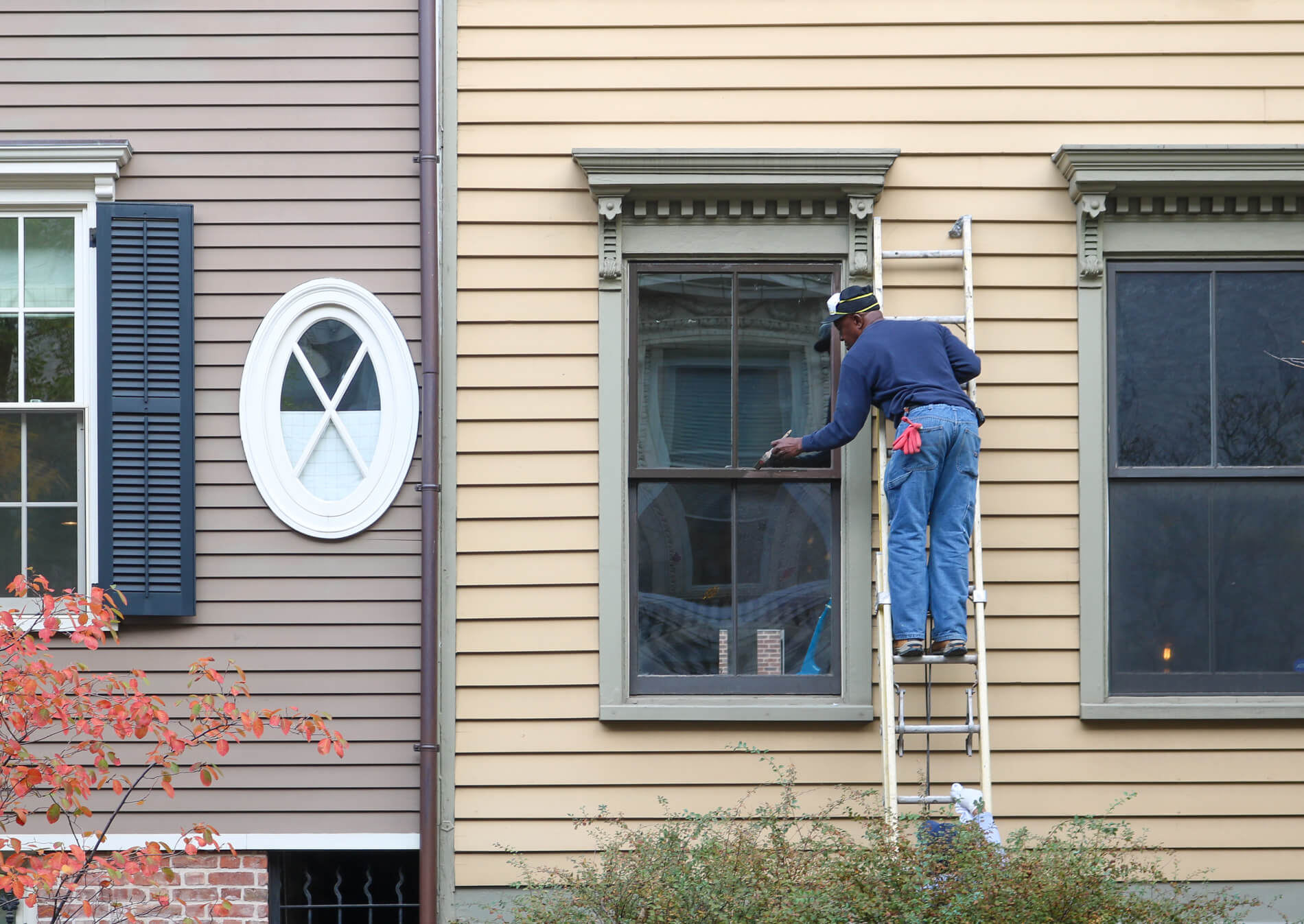
Kelly credits the staff of the LPC with having great intuition about the kind of work the rule changes will shift from public review without a problem. But in cases where the type of review needed is not so clear cut, the group’s maps can help the public form their own opinions about how the rules changes will affect the process, she said.
“There are some of the changes that we agree with, that we think are productive and common sense,” Kelly added, such as the LPC’s updated approach to facade restoration, which she called “evidence-based.” “And there are other things that are not as well thought out and could have a more damaging effect.”
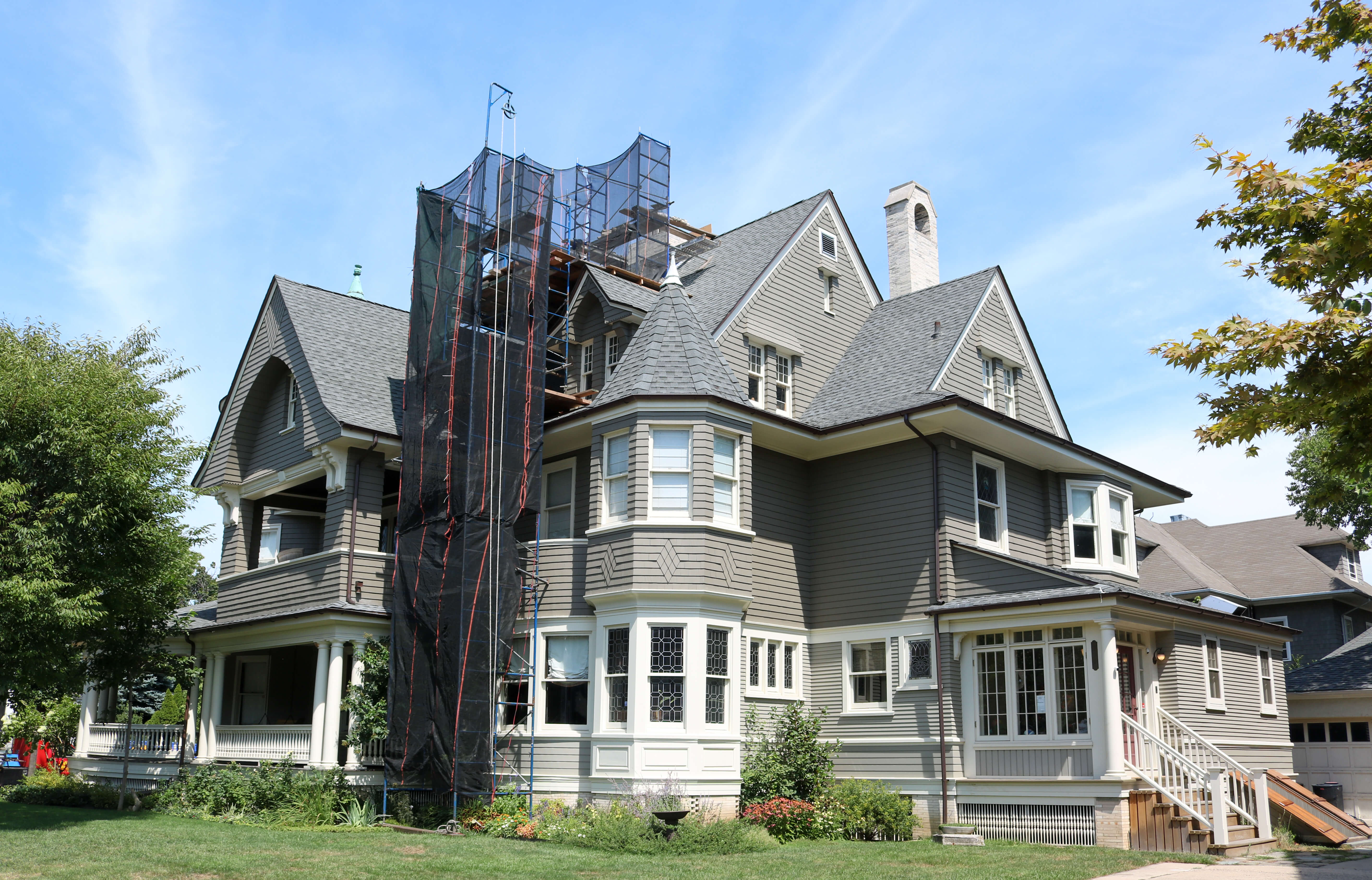
The Greenwich Village Society for Historic Preservation Friday weighed in opposing the proposed changes.
“If this new proposal passes, there would be no public notification, and no opportunity for the public to comment upon, provide evidence about, or even know about many of these applications,” the group said in an email. “They would instead be decided behind closed doors at ‘staff level’ by the commission — a process tightly controlled by the LPC chair.”
There is no justification for turning an open process into a closed one, said the group on its website. The public will not even know what is being considered, and valuable public input and perspective will be lost.
“Too often we see inaccurate or incomplete information provided with applications as the basis upon which they are judged,” said the organization. “Through the public process, such mistakes or failings can be caught, addressed, or corrected. Once these applications are reviewed behind closed doors only, that opportunity is gone.”
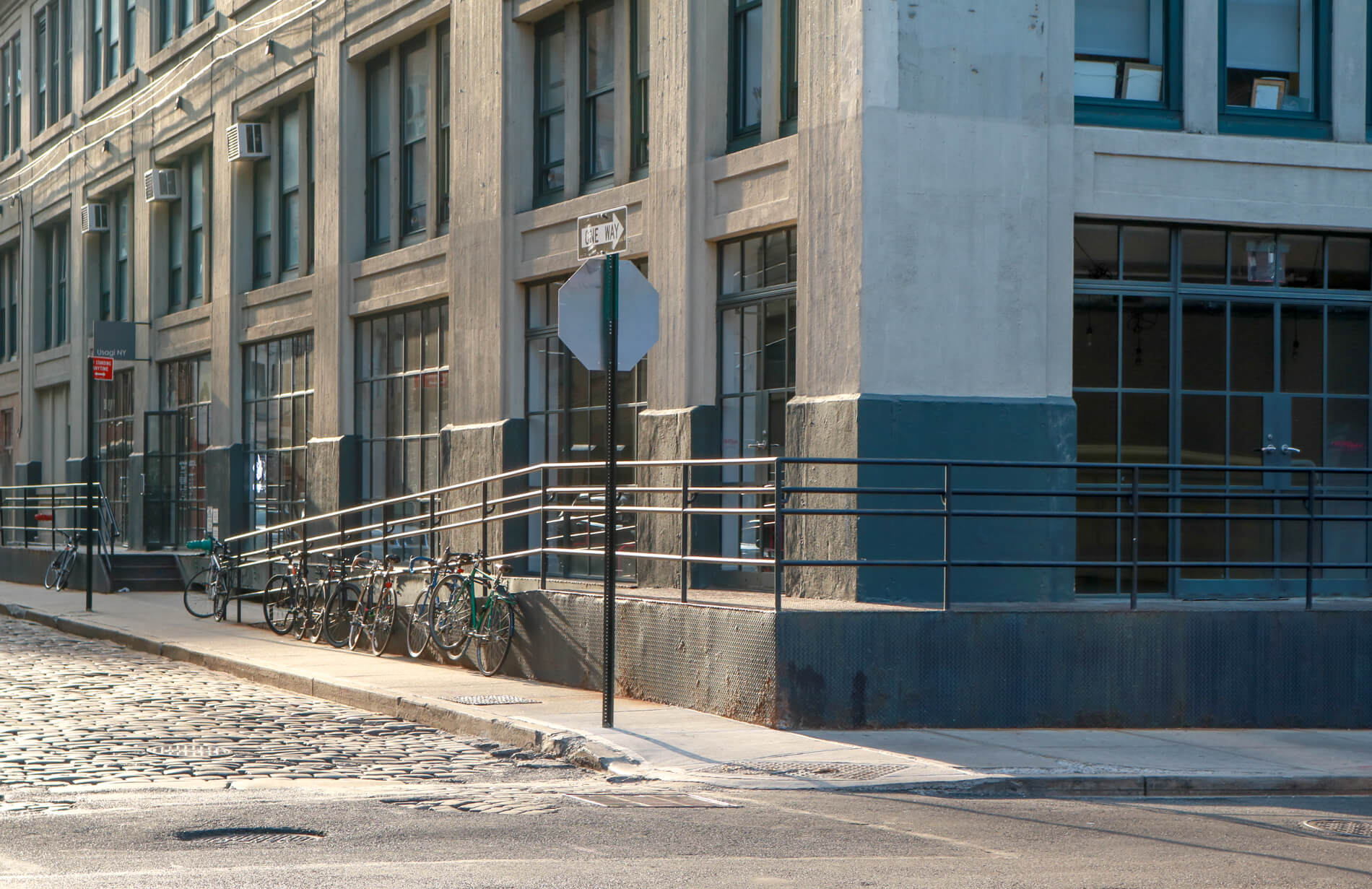
Landmarking advocates on three Brooklyn community boards contacted by Brownstoner said they are dismayed by the proposed changes, which they view as cutting community boards out of the process.
“This new process will demean and minimize all of our input at a community board level and information about these projects will not be forthcoming,” wrote one longtime community board member in an email.
“Getting work approved at the staff level is a serious danger in some cases to our community and to all buildings in the State of New York,” she said, citing the possibility of bulkheads and large rear extensions that block views. “The staff approves many things that should be an issue with LPC and sent to the community boards for review. We, the community, are going to suffer as a result of these changes.”
REBNY, for its part, said in a statement the proposed rule changes will “make it easier for owners to maintain their landmarked properties and permit the commission to devote more time to evaluating which buildings warrant landmark designations moving forward.”
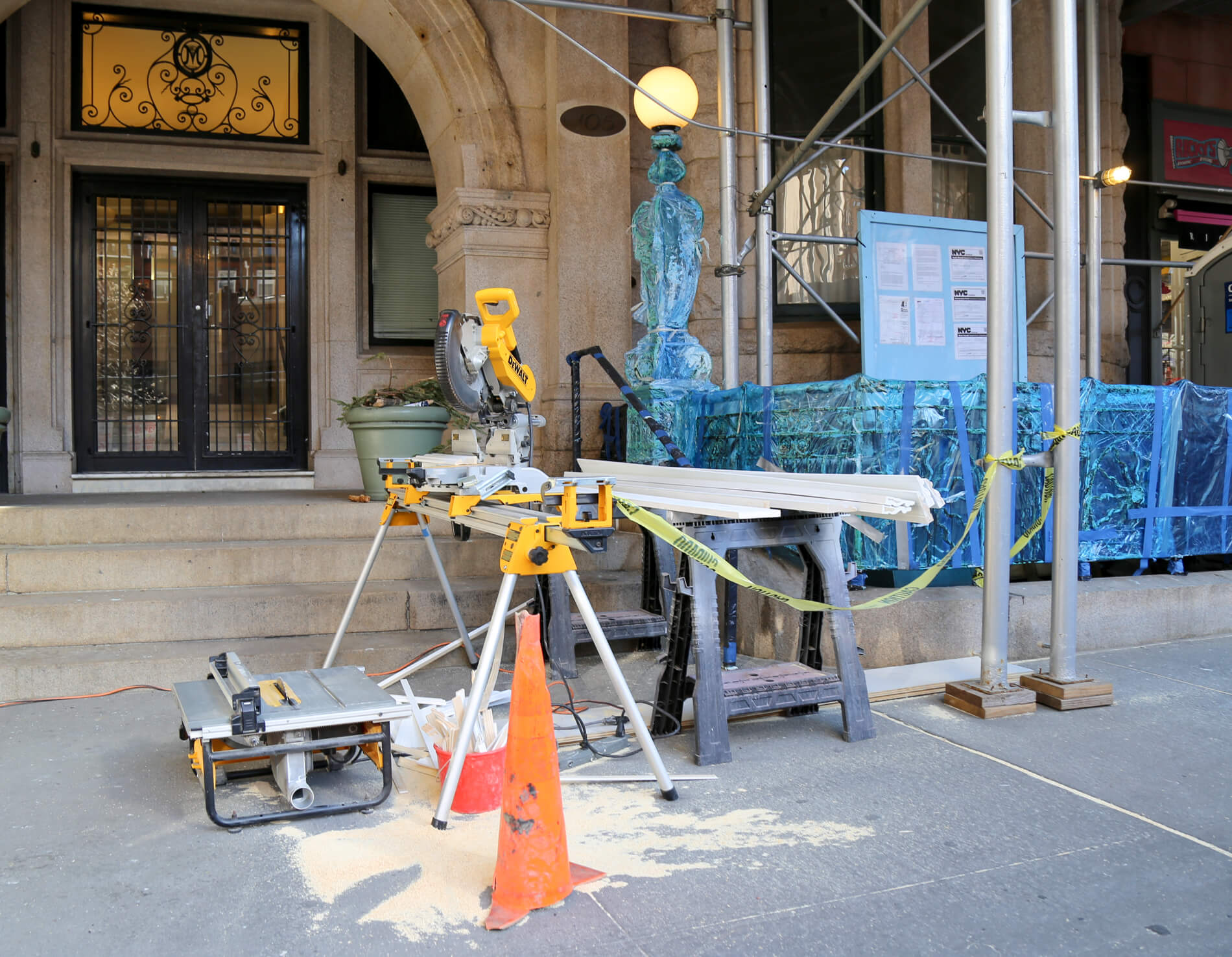
The proposed rule changes are one of a series of overhauls of the Landmarks Preservation Commission undertaken during the tenure of Srinivasan, an architect and city planner who similarly rationalized procedures at the city’s Board of Standards and Appeals during her 10-year tenure as its chair.
One of her first acts as LPC chair was to eliminate the LPC backlog, which she did in less than two years in a public process following an outcry over an initial proposal to dump all the sites without public review.
The city in 2016 passed a revision of the original Landmarks Law, called Introduction 775, that imposed time limits on the landmarking process.
Most recently, preservationists say the LPC has become increasingly permissive under Srinivasan and is no longer fulfilling its mission to protect the city’s architectural and cultural heritage.
[Photos by Susan De Vries unless noted otherwise]
Related Stories
- Shaken by Recent Decisions, Preservationists Say Landmarks Commission Is Not Doing Its Job
- Preservationists Thrilled East New York’s Empire State Dairy Landmarked, Say More Needs Saving
- Brooklyn Gains New Landmarks in 2017
Email tips@brownstoner.com with further comments, questions or tips. Follow Brownstoner on Twitter and Instagram, and like us on Facebook.





What's Your Take? Leave a Comment